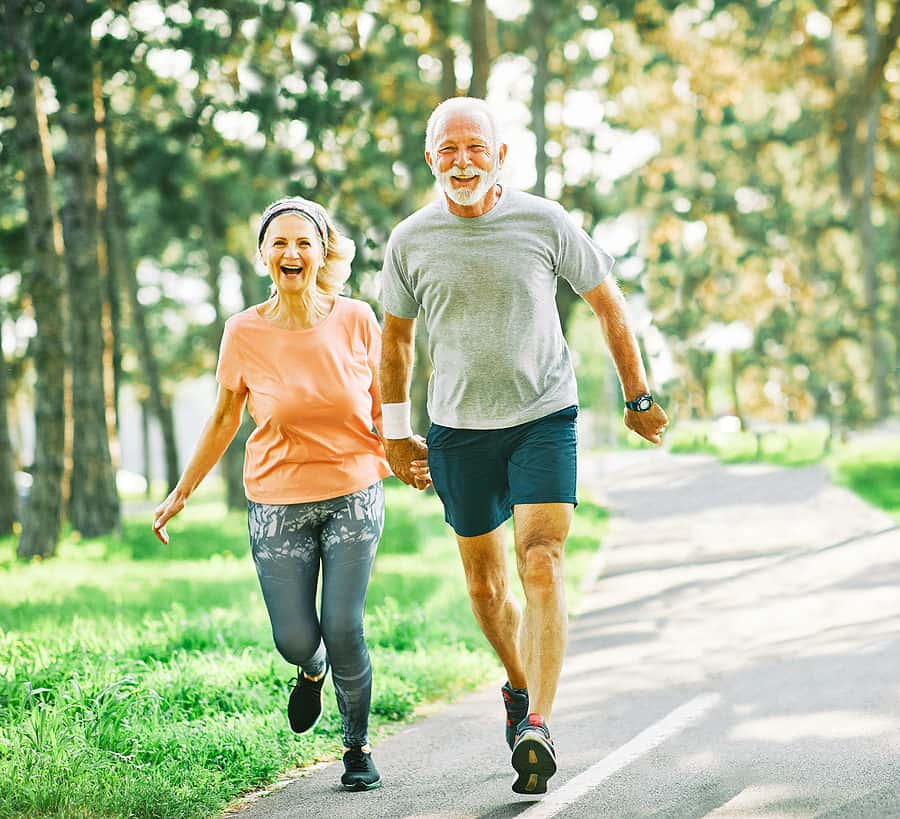
Healthspan and lifespan are such similar words that it is only reasonable to wonder about their differences. In short, lifespan refers to how long you live, regardless of your state of health. Healthspan, on the other hand, denotes how many years and months of good health you enjoy. Ideally, these measurements would be almost the same, but frequently they are not.
Gap Between Healthspan and Lifespan:
In the United States, there is currently a big difference between people’s lifespan and their healthspan. A study published in JAMA Network Open shows that around the world, life expectancy has increased (JAMA Network Open, Dec. 11, 2024). Time free of disability or disease has not kept up. The US has one of the largest gaps in this key metric.
Of the 183 members of the World Health Organization, the United States fared worst. Globally, investigators calculated a healthspan of 63.3 years and a lifespan of 72.5 years. That’s a gap between healthspan and lifespan of around nine years. On average, Americans spend over 12 years at the end of their lives sick or disabled.
The authors conclude:
“These results underscore that around the world, while people live longer, they live a greater number of years burdened by disease.”
Exercise Plays a Role in Reducing the Gap:
For many years now, scientists have offered evidence that regular exercise can be helpful. In a report from long ago, scientists used information from several national data resources to estimate the impact of exercise on longevity (American Journal of Preventive Medicine, Jan. 2013). Being active added more than 2 years to the life expectancy of white men at age 20. Women at that age gained even more, roughly 3 years added to their lifetime. African-American women who exercised at least 2 and a half hours a week got the biggest boost. They extended their probable lifespan by 5 and a half years. This study did not address healthspan, but physical activity is known to reduce the risk of disease and disability.
The authors conclude that leisure-time physical activity is an excellent investment of time and effort. They estimate that for every hour of moderate physical activity, an American adult will gain between 2 and 5 additional hours of life. Exercising vigorously brings even greater rewards. Anticipate anywhere from 5 to 11 extra hours of life for every hour of vigorous physical activity.
The connection has only been strengthened with subsequent research. Even low-intensity physical activity has an impact on improving quality of life and longevity (Current Problems in Cardiology, Oct. 2023). Investigators are now looking into the possibility that even intermittent activity (“exercise snacks”) can improve healthspan and lifespan (Sports Medicine, April 2024).
Not only can exercise boost longevity, it may also improve brain function (Behavioural Brain Research, March 26, 2021). Finding an activity that you love, whether cycling, swimming or dancing, increases the likelihood that you will stick with it for at least 30 minutes a day most days of the week.
Learn More:
You may be interested in a few of our earlier interviews on how to promote healthspan at the same time as reducing premature mortality. One such interview focused on telomeres. It is Show 1073: How Can You Change the Way Your Genes Behave? More recently, we discussed telomeres and healthspan as an outcome of kindness in Show 1410: Why Practicing Kindness Could Prolong Your Life.
Citations
- Garmany A & Terzic A, "Global healthspan-lifespan gaps among 183 World Health Organization member states." JAMA Network Open, Dec. 11, 2024. DOI: 10.1001/jamanetworkopen.2024.50241
- Janssen I et al, "Years of life gained due to leisure-time physical activity in the U.S." American Journal of Preventive Medicine, Jan. 2013. DOI: 10.1016/j.amepre.2012.09.056
- Greenwalt D et al, "The impact of light physical activity, sedentary behavior and cardiorespiratory fitness in extending lifespan and healthspan outcomes: How little is still significant? A narrative review." Current Problems in Cardiology, Oct. 2023. DOI: 10.1016/j.cpcardiol.2023.101871
- Jones MD et al, "Exercise Snacks and Other Forms of Intermittent Physical Activity for Improving Health in Adults and Older Adults: A Scoping Review of Epidemiological, Experimental and Qualitative Studies." Sports Medicine, April 2024. DOI: 10.1007/s40279-023-01983-1
- Domingos C et al, "Effects of physical activity on brain function and structure in older adults: A systematic review." Behavioural Brain Research, March 26, 2021. DOI: 10.1016/j.bbr.2020.113061

